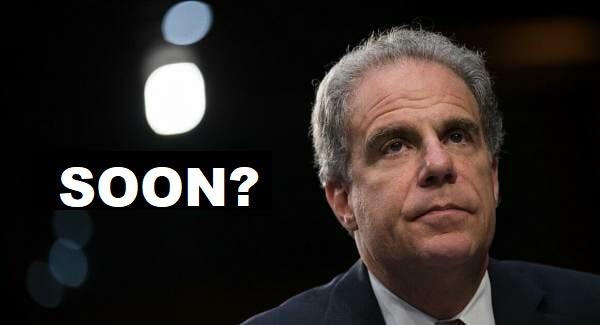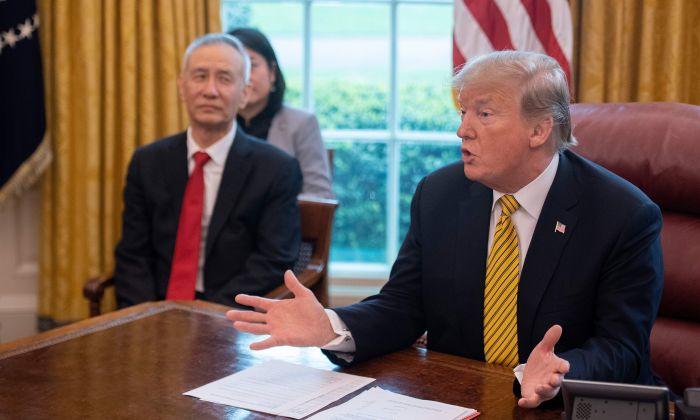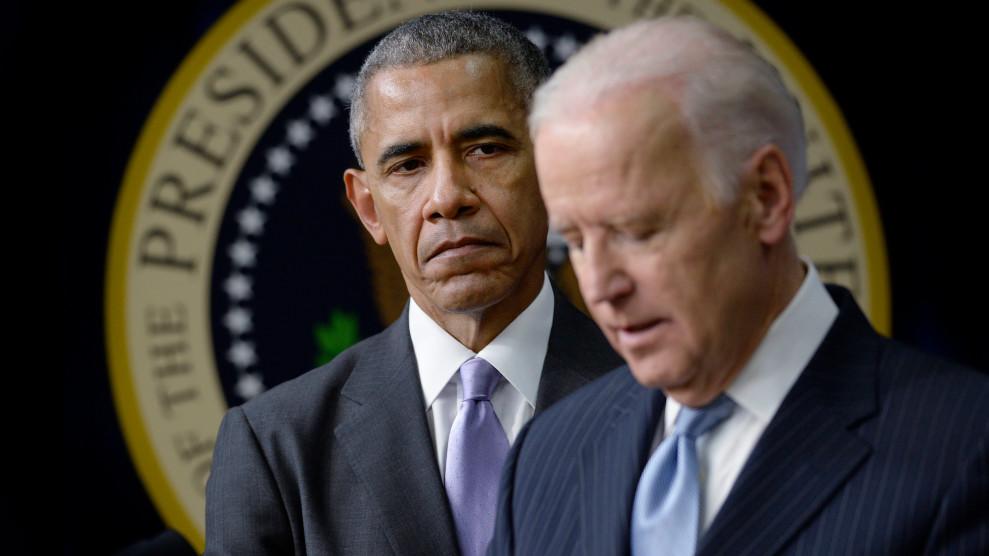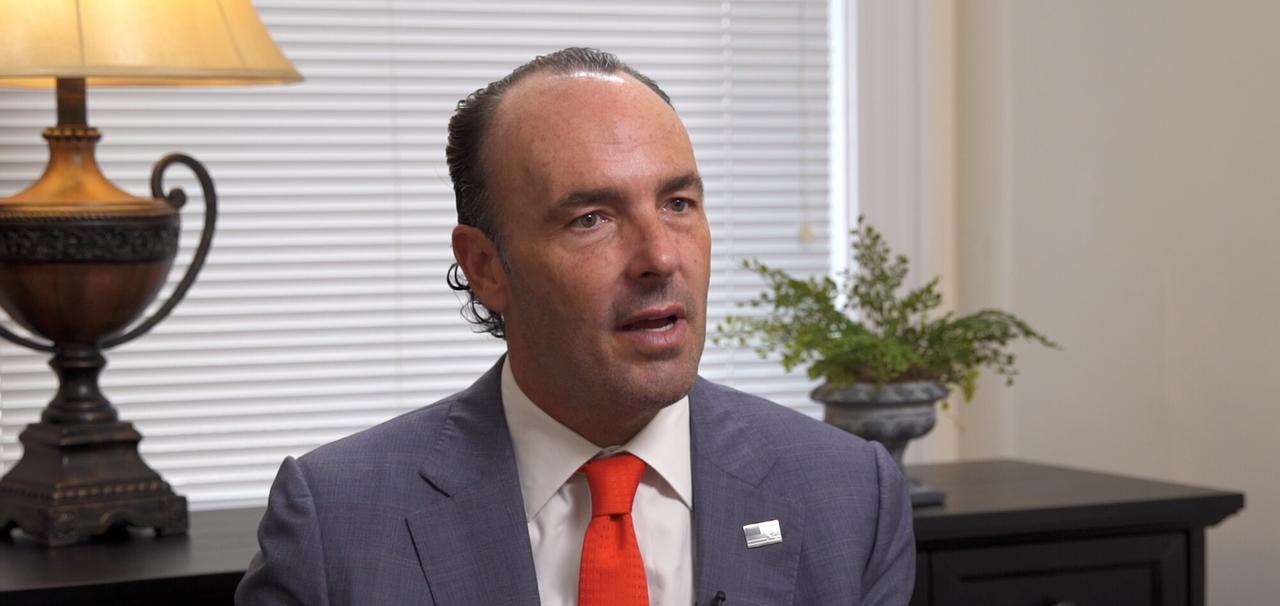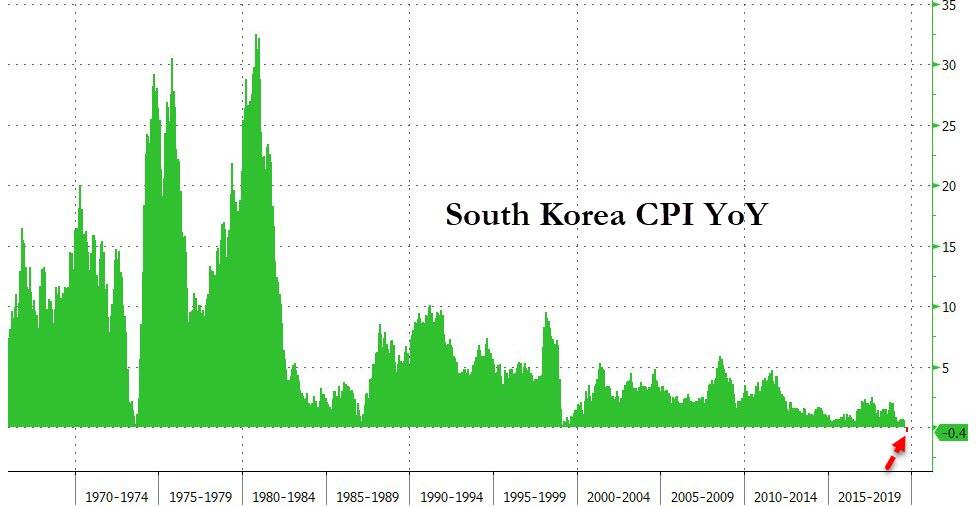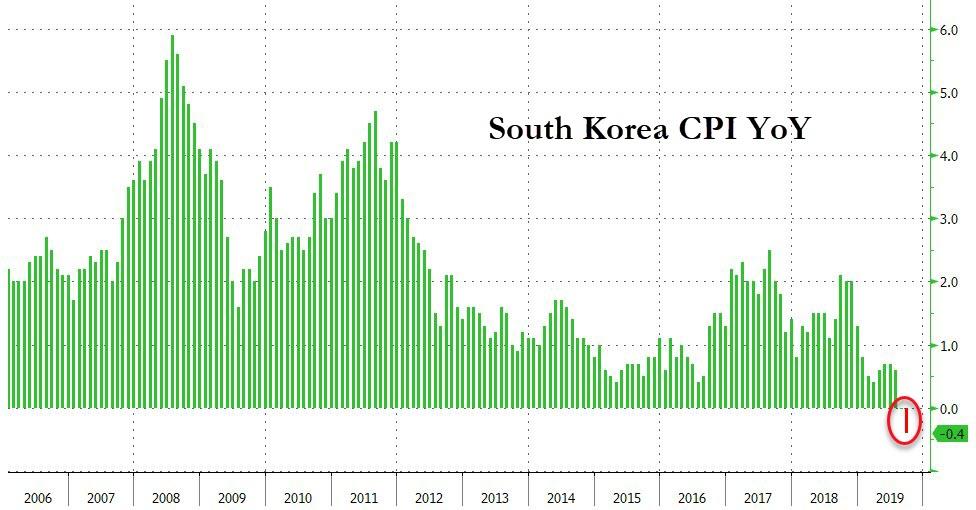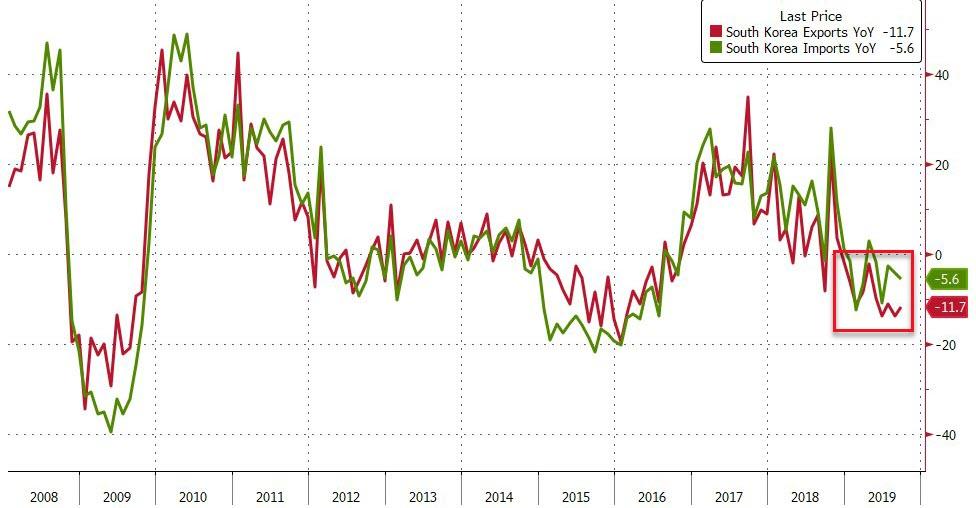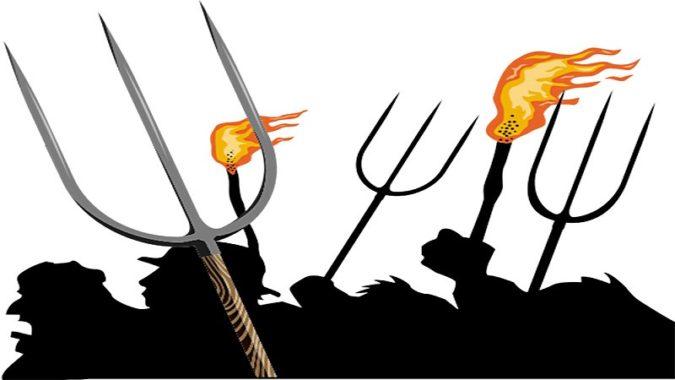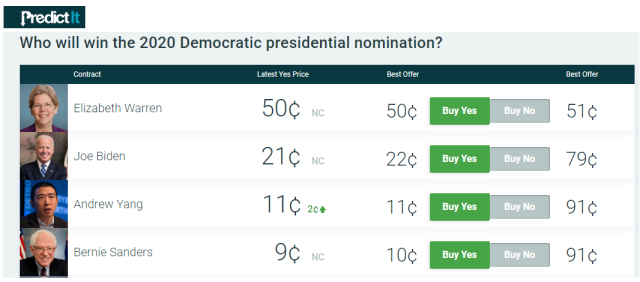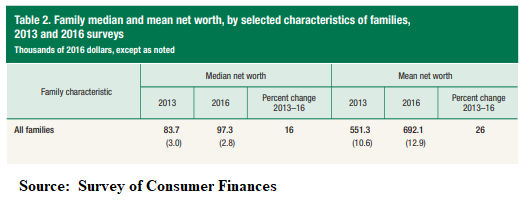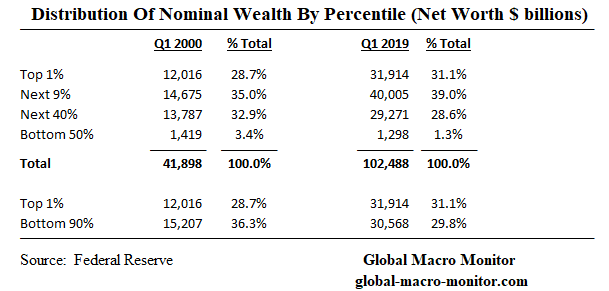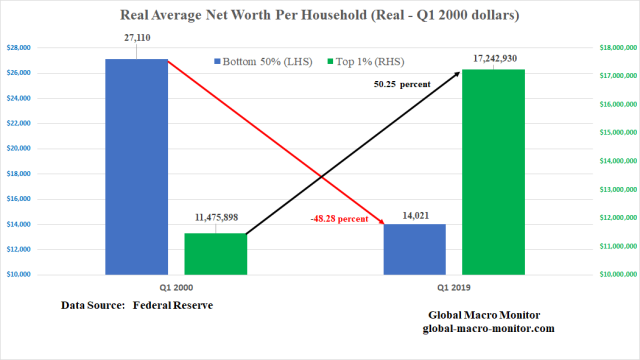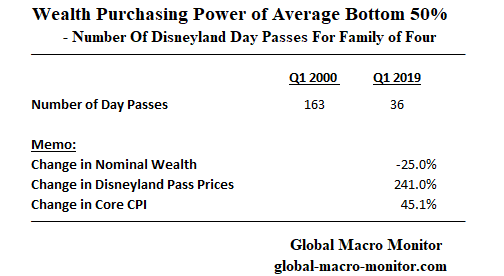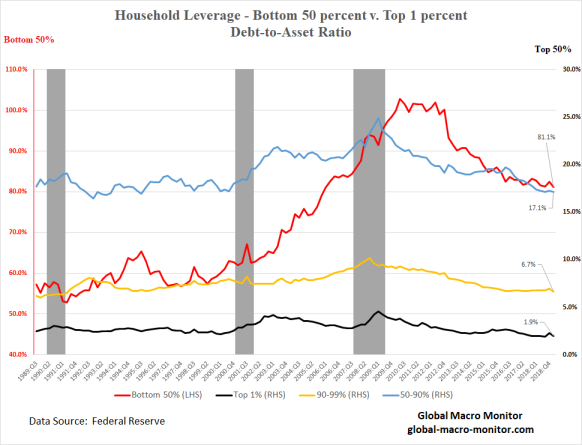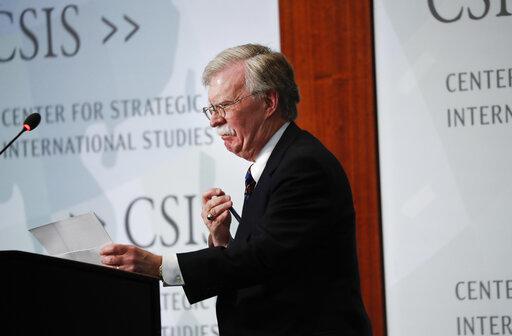IG Horowitz – A Democrat Donor – Feared Pulling Punches To Protect Establishment Operatives
Inspector General Michael Horowitz – tasked with investigating and exposing wrongdoing at the highest levels – is feared by some to be pulling punches in order to protect establishment darlings, according to RealClear Investigations‘ Paul Sperry.
Of note, Horowitz “volunteered on the political campaigns of several Democrats while in college and later donated to the campaign of Colorado Sen. Michael Bennet, a former colleague who is seeking the 2020 Democratic presidential nomination – and who has slammed Trump’s praise of Russian President Vladimir Putin,” according to Sperry.
Horowitz is also married to a former Democratic political activist, Obama donor Alexandra Kauffman Horowitz, who helped run campaigns for liberal Democrats before producing content for CNN‘s Washington bureau.
While acknowledging that Horowitz is widely respected, these critics say his work has long been hampered by biases, conflicts and a tendency to play favorites, as in past probes of former FBI Director James Comey, whom Horowitz worked under in New York.
Their main complaint is that he pulls his punches.
Horowitz’s investigation of the FBI’s handling of the Hillary Clinton email case, for example, concluded that many of Comey’s explanations for his dubious actions were “unconvincing,” while stopping short of saying that Comey lied to investigators. Comey asserted implausibly that he delayed acting on a mountain of new Clinton email evidence discovered on a laptop in New York because he was never briefed about it until nearly a month after his top aides found out about it in September 2016.
In probing whether Comey illegally leaked classified information to the New York Times, Horowitz in the end accepted his argument that the memo of a conversation with President Trump was sensitive but “not classified” – even though the memo contained information about the FBI’s ongoing counterintelligence investigation of the president’s national security adviser. –RealClear Investigations
“I see a pattern of him pulling up short and trying to be a bit of a statesman instead of making the hard calls,” 24-year FBI veteran Chris Swecker – who served as assistant director of its criminal investigative division, told Sperry. “I’m afraid he’s going to do the same thing with the FISA report – a finding that sounds tough, but in the end, ‘No harm, no foul.’”
To wit, Horowitz hasn’t interviewed Carter Page, who the FBI targeted using alleged abuses of the Foreign Intelligence Surveillance Act (FISA).
Although Horowitz says he conducted more than 100 interviews of witnesses, including Christopher Steele, who wrote the salacious and unverified anti-Trump dossier the FBI relied on to obtain the wiretap warrant, he failed to interview Page, the target — and alleged victim — of the controversial warrant. Page confirmed to RealClearInvestigations that no investigator from Horowitz’s office asked him questions.
That is not the first time Horowitz has failed to interview key subjects. With the help of seasoned federal investigators, RealClearInvestigations deconstructed previous probes by his office, combing through the footnotes and appendices of his reports. RCI found numerous instances in which Horowitz stopped short of pursuing evidence and was content to take high-level officials at their word, even in the face of conflicting evidence. –RealClear Investigations
Meanwhile, Horowitz gave former FBI Deputy Director Andrew McCabe special treatment – accepting his explanation for why he failed to recuse himself from the Clinton email case until November 2016, while also accepting McCabe’s claim that he had nothing to do with his wife’s Senate campaign, even though he:
- personally met with her sponsor and fundraiser McAuliffe;
- drove her to campaign stops;
- attended one of her candidate debates;
- discussed the campaign with her on FBI equipment;
- appeared in a family photo used in a campaign mailer; and,
- posed with her wearing her official campaign T-shirt for a photo distributed on social media to promote her candidacy.
As Sperry notes, “Were such actions violations of the Hatch Act, a federal law that prohibits federal employees from engaging “in political activity in an official capacity at any time”? If so, the topic didn’t interest Horowitz, who accepted on face value the FBI’s argument in a letter to the Senate that he played no formal role in his wife’s campaign and that his activities were permissible under the law.”
Former inspectors general found this questionable, especially in the wake of a Justice Department memo issued in 2014, and again in early 2016, warning department and FBI employees to “be particularly mindful of these rules in an election year.” –RealClear Investigations
“Everybody and their mother knew he was engaged in political activities,” said former Pentagon IG General Joseph E. Schmitz. “Horowitz could have easily seen to it that he was branded unfit for office and banned from the federal payroll for up to five years.”
Protecting Clinton, Strzok and Page
During his 17-month probe into the FBI’s investigation of Hillary Clinton’s emails, which he touted as “thorough” and “comprehensive,” Horowitz repeatedly declined to use his subpoena power – allowing key players to provide their own evidence.
He also allowed two lead FBI officials, Peter Strzok and Lisa Page, to sort through which of their electronic communications were “personal” vs. “work related” according to the report.
Horowitz subsequently learned through interviews that Strzok drafted classified investigative documents and communicated with Page about them on their private email in violation of department rules, which require officials to communicate through government channels — the same basis for the Clinton email probe. Yet neither was compelled to turn over the emails.
“The inspector general and I arranged an agreement where I would go through my personal accounts and identify any material that was relevant to FBI business and turn it over,” Strzok said in testifying before Congress. “It was reviewed. There was none. My understanding is the inspector general was satisfied with that action.”
Horowitz never referred Strzok for criminal sanctions for maintaining court-sealed documents on an unsecure computer. Strzok was nonetheless fired last year by the bureau for misconduct. He is now suing the department for unlawful termination.
The IG also failed to demand access to Comey’s private Gmail account, even though he, too, used it for official FBI business. –RealClear Investigations
And while Horowitz is widely credited with having uncovered anti-Trump / pro-Clinton text messages between Strzok and Page while they were in the middle of investigating Trump and Clinton, he only ‘found’ them after pressure from congressional Republicans – and has apparently given up trying to find still-missing text messages blamed on a tech error.
Horowitz did admonish Strzok and Page for their obvious “political bias,” however he concluded that their clear preference for Hillary Clinton and against Donald Trump did not influence their investigaions, and that they only exercised “extremely poor judgement” despite the fact that an August 2016 text from Strzok to Page strongly suggests they were actively working against Trump.
“[Trump’s] not ever going to become president, right? Right?!” Page asked Strzok, to which he replied “No. No he won’t. We’ll stop it.”
In a report echoing the FBI’s determination that Hillary Clinton had been “extremely careless” but not “grossly negligent” in her use of email, Horowitz essentially cleared the FBI agents of fixing the case for Clinton while still acknowledging several irregularities in the email probe. For example, the FBI did not push for a grand jury to compel testimony and obtain the vast majority of evidence, choosing instead to offer unusually generous immunity deals to Clinton aides. Comey drafted a statement exonerating Clinton months before agents interviewed her. –RealClear Investigations
“Undeniably, there was bias against Trump [at headquarters],” according to former federal prosecutor Andrew McCarthy, adding “Clinton was not going to be charged no matter how much evidence there was.“
“The inspector general was wrong to conclude that this bias could not be deemed causative of any particular investigative decision in the Clinton emails case,” added McCarthy.
Read the rest of the report here.
Then read Sperry’s report on how Horowitz cut the Clintons some major slack over the infamous ‘tarmac’ meeting here.
Tyler Durden
Mon, 09/30/2019 – 22:05
via ZeroHedge News https://ift.tt/2oGdcQz Tyler Durden
